The endocannabinoid system (ECS) is a pivotal biological network within the human body, vital for maintaining homeostasis across various physiological functions. It’s comprised of endocannabinoids, enzymes, and receptors. This system influences everything from sleep, mood, appetite, memory, reproduction, and even our immune response.
When you consume marijuana, the plant’s cannabinoids, THC and CBD, interact with your ECS in significant ways. THC, a psychoactive compound, binds with CB1 receptors, primarily located in the brain, which in turn can trigger feelings of euphoria or a ‘high’. Conversely, CBD has a lower affinity for these receptors. It works indirectly, inhibiting the breakdown of the body’s own endocannabinoids and increasing their presence within the system.
Let’s delve deeper into the intricacies of the ECS and how marijuana cannabinoids engage with it.
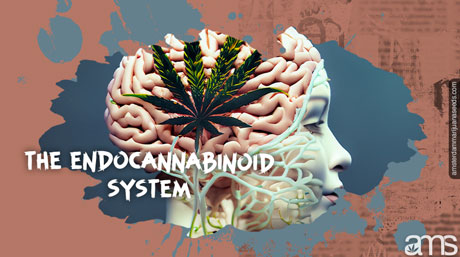
The ECS involves three core components: endocannabinoids, receptors, and enzymes. Endocannabinoids, namely anandamide (AEA) and 2-Arachidonoylglyerol (2-AG) are molecules that our bodies naturally produce. These molecules bear a striking resemblance to cannabinoids.
Receptors are found throughout our bodies. The ECS has two primary receptors – CB1, mainly located in the central nervous system, and CB2, often found in our peripheral nervous system and immune cells.
Enzymes are responsible for breaking down endocannabinoids once they’ve fulfilled their purpose. The two primary enzymes are fatty acid amide hydrolase, which breaks down AEA, and monoacylglycerol acid lipase, which typically degrades 2-AG.
THC, due to its molecular structure, can bind directly with CB1 receptors. When this connection is made in parts of the brain, it activates the areas responsible for memory, pleasure, and time perception, thus causing the psychoactive effects associated with getting ‘high’.
On the contrary, CBD doesn’t bind directly with either the CB1 or CB2 receptors. It acts on multiple receptor-independent pathways, either by enhancing or inhibiting the binding action of certain receptors, which leads to various effects.
Both THC and CBD hold potential therapeutic benefits, which makes cannabis an intriguing option for medical purposes. THC might help with conditions like chronic pain, muscle spasms, and glaucoma, and stimulate appetite, especially beneficial for chemotherapy patients.
CBD, on the other hand, holds promise in treating anxiety, depression, epilepsy, and inflammation, among other conditions. Its interaction with the ECS may also influence sleep, appetite, mood, and immune response.
As our understanding of the endocannabinoid system continues to evolve, we see the ECS as a potential therapeutic target. Its involvement in a broad range of body processes implies that compounds like THC and CBD, which interact with the ECS, could hold diverse medical applications.
However, while the potential therapeutic uses are vast, marijuana usage also has its associated risks, particularly with chronic or high-dose usage. It’s vital to consult with a healthcare provider who is knowledgeable about cannabis and its potential effects if considering marijuana for medicinal purposes.

Yes, the human body naturally produces endocannabinoids, primarily anandamide (AEA) and 2-Arachidonoylglyerol (2-AG).
THC binds directly with CB1 receptors, especially in parts of the brain associated with memory, pleasure, and time perception, causing the psychoactive effects or the 'high'.
No, CBD is not psychoactive like THC. It does not cause a 'high' because it does not bind directly with the CB1 or CB2 receptors.
Yes, the ECS could be a potential therapeutic target. Both THC and CBD interact with the ECS and have shown diverse potential medical applications.
While marijuana holds potential therapeutic benefits, it also carries associated risks, especially with chronic or high-dose use. Always consult with a healthcare provider knowledgeable about cannabis and its potential effects if considering marijuana for medicinal purposes.
[magento_products id=”129,163″]
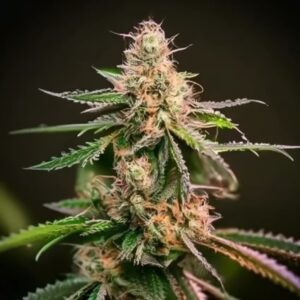

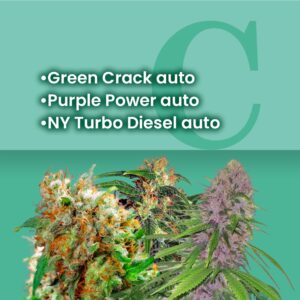
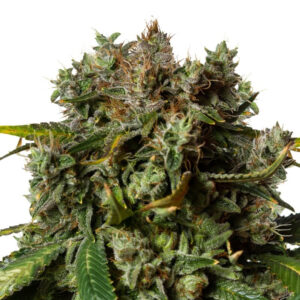


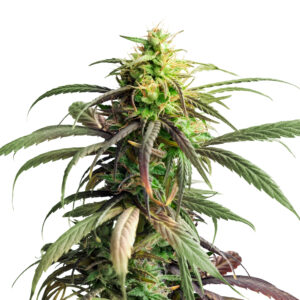






Related Posts

The world of CBD (Cannabidiol) is as vast and varied as the benefits it is believed to hold. Among the many forms of CBD products available, three stand out for their unique properties: Full-Spectrum CBD, Broad-Spectrum CBD, and CBD Isolate. They differ mainly in their composition of cannabinoids, the biologically active compounds in the Cannabis Sativa plant.
Full-Spectrum CBD retains…
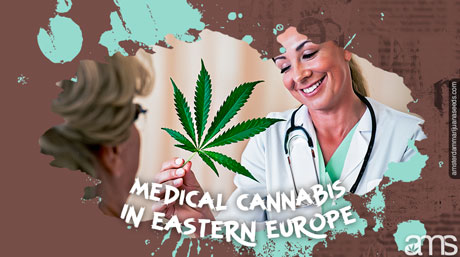
The landscape of medical marijuana is rapidly changing not just in the Western world, but also in Eastern Europe.

Discover medical cannabis, including how it works and why people use it.